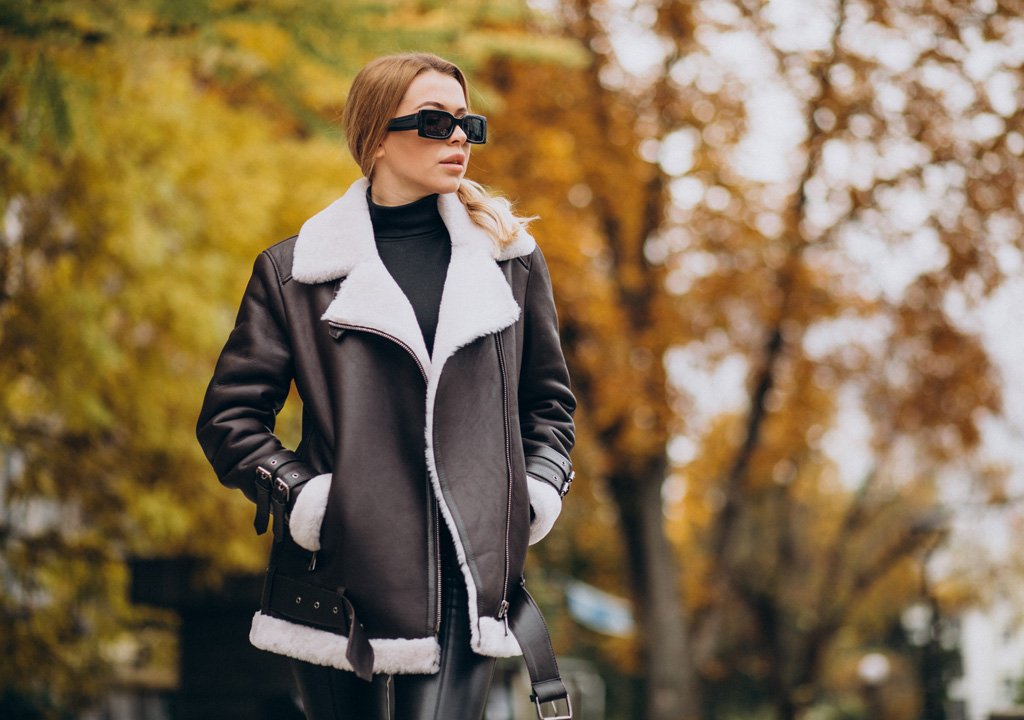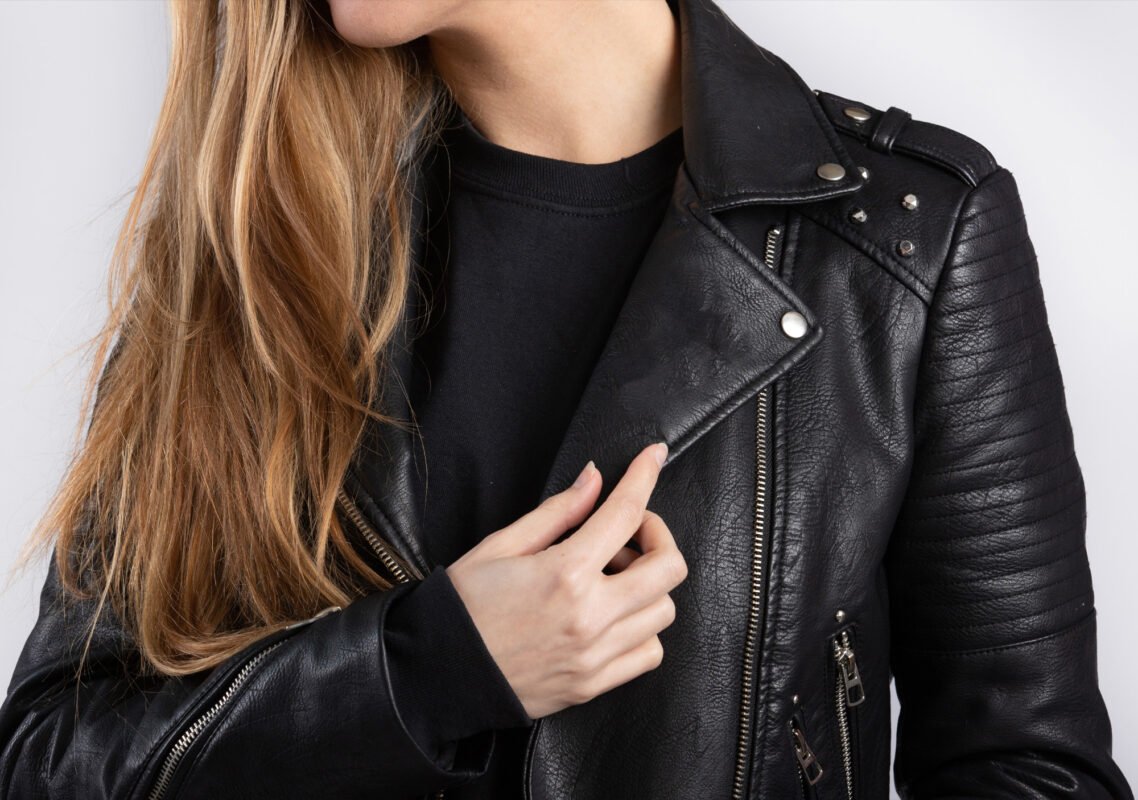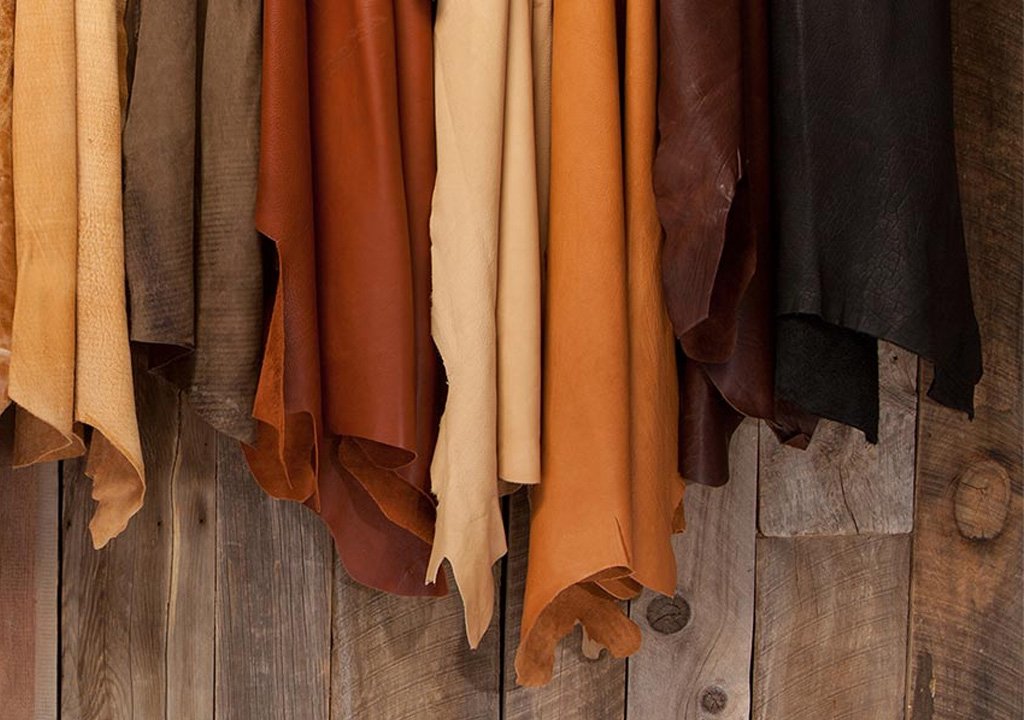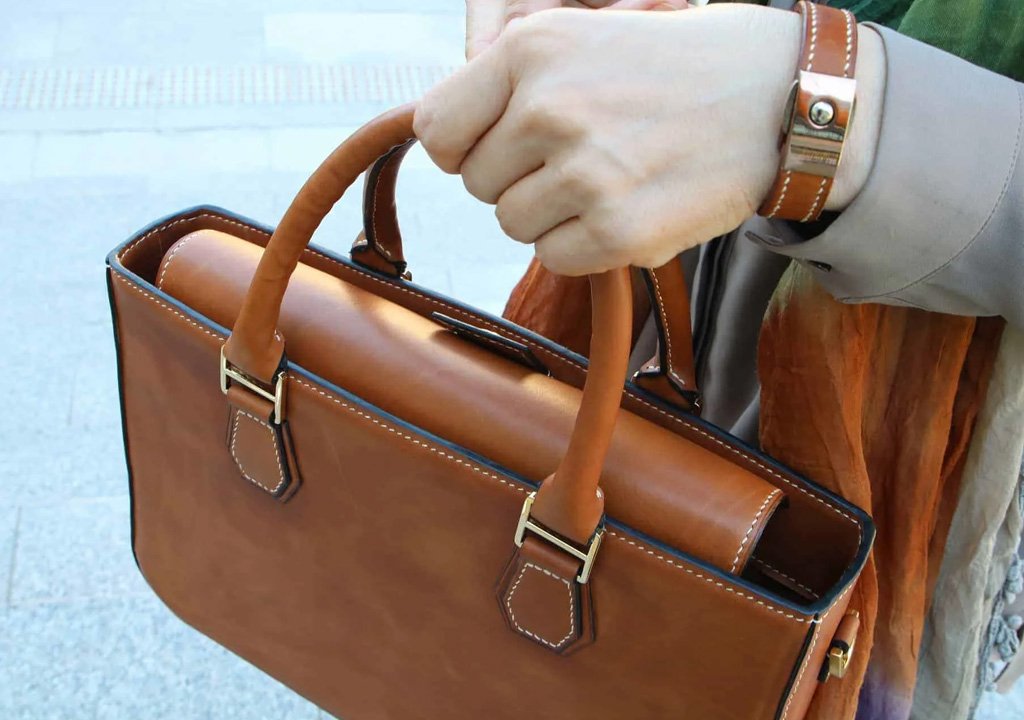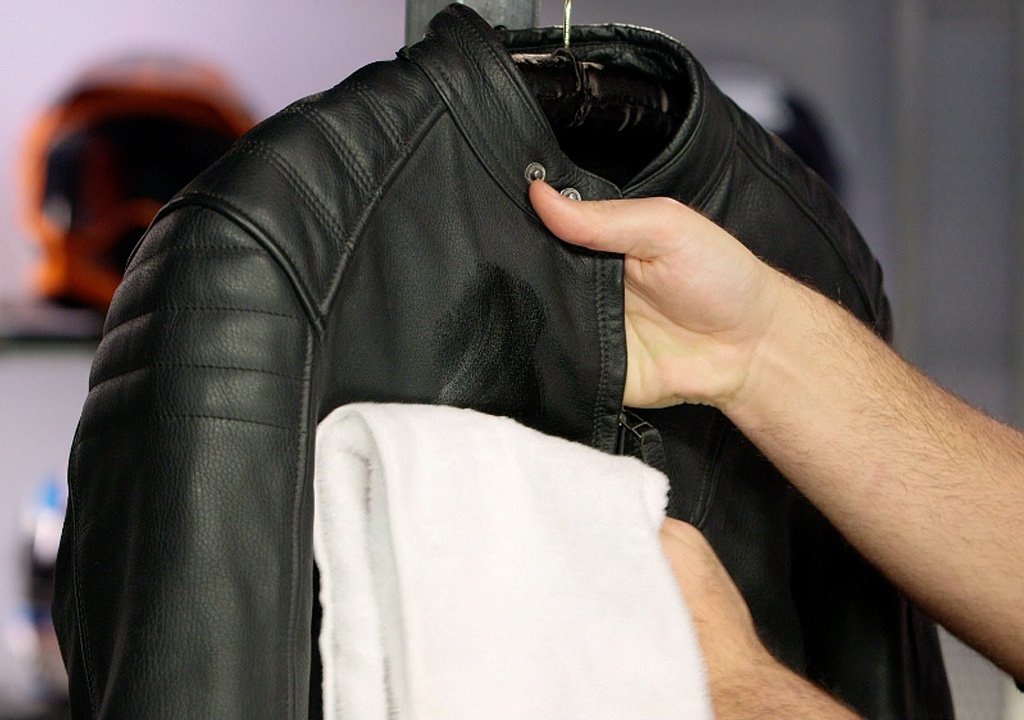The Secrets of Real Leather vs Fake Leather
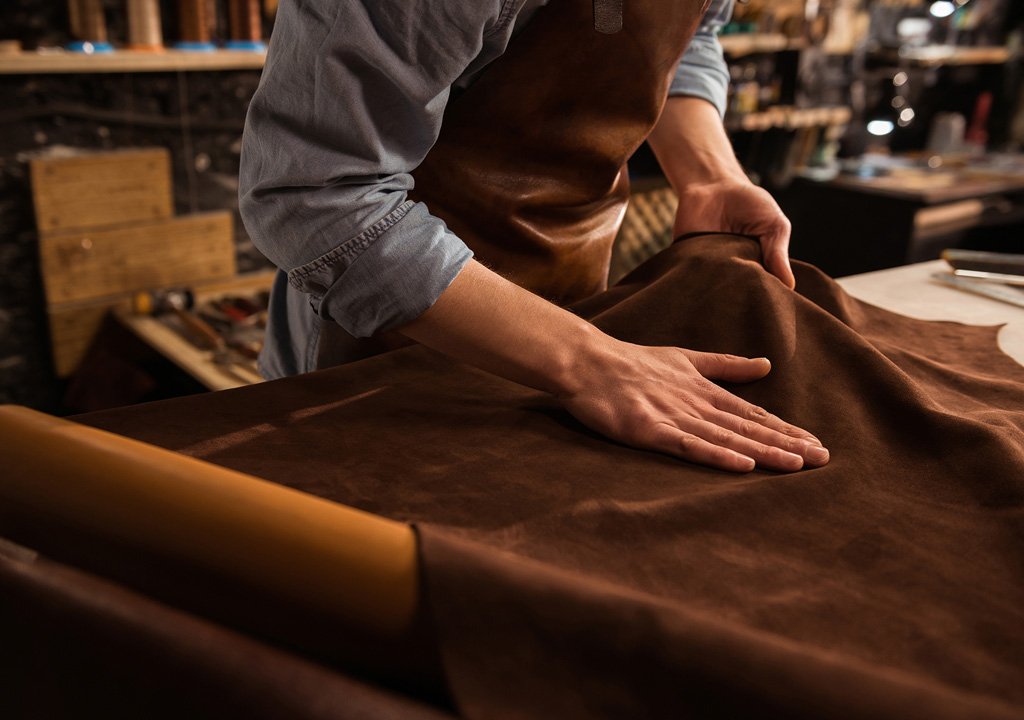
The Secrets of Real Leather vs Fake Leather
In today’s fashion landscape, the choice between The Secrets of Real Leather vs Fake Leather is pivotal, not only influencing the style and durability of products but also affecting ethical and environmental considerations. At Vogue Jacket, we understand the importance of making an informed decision, and this comprehensive guide provides deep insights into the nuances of real and fake leather. Here, we explore their production processes, advantages, and drawbacks, helping you choose the best option for your fashion needs.
Understanding Real Leather
What is Real Leather?
Real leather is crafted from the hides and skins of animals, predominantly cows, pigs, or goats. The tanning process is essential in converting raw animal hides into a durable and flexible material. This natural process retains the inherent qualities of the leather, making it a premium choice for high-end fashion products.
Types of Real Leather
- Full-Grain Leather: Renowned for its robustness and natural texture, full-grain leather retains the entire grain of the hide, developing a unique patina over time. This type of leather is ideal for products that demand durability and a high-end finish.
- Top-Grain Leather: Slightly altered from full-grain leather, top-grain leather is sanded to remove imperfections, resulting in a smooth, high-quality surface. It strikes a balance between durability and aesthetics, making it suitable for luxury goods.
- Genuine Leather: Often mistaken for higher-grade leathers, genuine leather is made from the lower layers of the hide. While it offers decent quality, it is less durable and luxurious compared to full-grain and top-grain options.
- Bonded Leather: Made from leather scraps and fibers bonded with adhesives, bonded leather is a lower-quality alternative. It is often used for budget-friendly products but does not offer the same durability or aesthetics as other types.
Advantages of Real Leather
- Durability: Real leather’s strength ensures it can withstand years of use, making it an excellent investment for high-quality products.
- Breathability: Real leather is naturally breathable, providing comfort, especially in fashion items that are worn for extended periods.
- Aesthetic Appeal: The unique patina and natural variations in real leather add character and sophistication, enhancing the overall look of your fashion pieces.
- Natural Variations: Each piece of real leather is distinct, with natural markings that contribute to its individuality and authenticity.
Disadvantages of Real Leather
- Cost: Real leather’s higher price reflects its quality and the extensive process required to produce it.
- Maintenance: To maintain its appearance and longevity, real leather requires regular conditioning and care to prevent damage.
- Ethical and Environmental Concerns: The leather industry faces criticism for its environmental impact and issues related to animal welfare.
Exploring Fake Leather
What is Fake Leather?
Fake leather, also known as synthetic leather or faux leather, is designed to mimic the appearance and feel of real leather using synthetic materials like polyurethane (PU) or polyvinyl chloride (PVC). This alternative is popular for its versatility and affordability.
Types of Fake Leather
- Polyurethane Leather (PU Leather): PU leather closely resembles real leather and is favored for its softness and flexibility. It is widely used in fashion and home decor, providing a cost-effective alternative to genuine leather.
- Polyvinyl Chloride Leather (PVC Leather): PVC leather is more rigid and less breathable than PU leather. It is commonly found in budget-friendly products and upholstery.
Advantages of Fake Leather
- Affordability: Fake leather is typically much less expensive than real leather, making it an attractive option for those on a budget.
- Low Maintenance: Fake leather is easy to clean and does not require the same level of care as real leather.
- Ethical and Environmental Benefits: As it avoids animal products, fake leather appeals to consumers concerned with animal welfare and sustainability.
- Variety: It is available in a wide range of colors and textures, offering greater flexibility for design and fashion.
Disadvantages of Fake Leather
- Durability: Fake leather generally lacks the durability of real leather and may need to be replaced sooner due to wear and tear.
- Breathability: It does not offer the same level of breathability as real leather, potentially affecting comfort during prolonged use.
- Aesthetic Limitations: Despite improvements, fake leather may not perfectly replicate the texture and appearance of genuine leather and can degrade over time.
Comparing Real Leather and Fake Leather
Cost Comparison
Real leather commands a higher price due to its superior quality and durability. Conversely, fake leather offers a more affordable option but may require replacement sooner, potentially offsetting initial savings.
Environmental Impact
Real leather production involves significant environmental resources and waste, including water usage and chemical treatment. Fake leather avoids animal products but is associated with environmental issues related to synthetic material production and disposal.
Durability and Maintenance
Real leather’s longevity and resistance to wear make it a long-term investment, whereas fake leather, while low-maintenance, may not withstand the test of time as well as its real counterpart.
Aesthetic and Comfort
Real leather provides an unmatched aesthetic and comfort, characterized by its unique texture and ability to develop a distinct patina. Fake leather, despite advancements, may lack the depth and authenticity of real leather and can become less appealing over time.
Making the Right Choice
The choice between The Secrets of Real Leather vs Fake Leather depends on individual preferences, budget, and ethical considerations. Vogue Jacket emphasizes the importance of understanding these factors to select the option that aligns with your values and needs. Whether you prioritize durability, comfort, or ethical concerns, making an informed decision ensures that your fashion choices are both satisfying and responsible.
Conclusion
Choosing between real leather and fake leather involves careful consideration of their distinct characteristics and implications. Vogue Jacket’s guide aims to equip you with the knowledge needed to make a well-informed decision, taking into account factors such as durability, cost, maintenance, and environmental impact. By understanding these aspects, you can select the leather type that best suits your fashion and lifestyle preferences.

